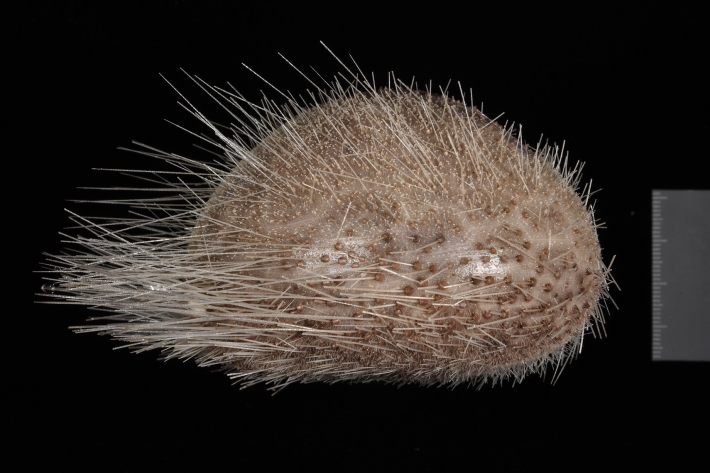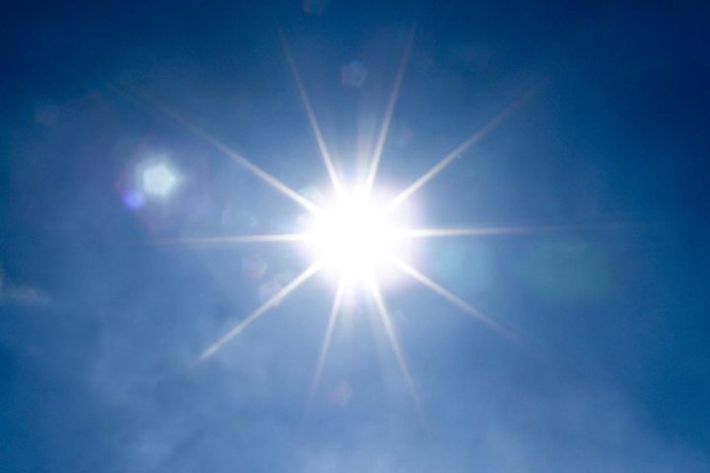-

El Niño-Southern Oscillation
The El Niño-Southern Oscillation (or ENSO) refers to the effects of a band of sea surface temperatures which are anomalously warm or cold in a quasi-annual cycle that develops off the Pacific coast of South America and impacts climate and weather across the tropics and subtropics. -

NIWA's Hotspot Watch
Hotspot15 January 2016A weekly update describing soil moisture across the country to help assess whether severely to extremely dry conditions are occurring or imminent. Regions experiencing these soil moisture deficits are deemed “hotspots”. Persistent hotspot regions have the potential to develop into drought. -

Critter of the Week: Unknown echinoid – deep-sea holasteroid
This week’s critter is an unknown species of an unusual order of sea urchins – the Holasteroida. -
Summer Series
This is a special series of stories put out to the media in the 2015/2016 summer. -

Products and services
A major part of Climate Present and Past is the maintenance of certain data series and providing services. -

Knowledge transfer and reports
Climate Present and Past provides knowledge transfer and reports for external use. -

Conference presentations
Conference presentations by people associated with Climate Present and Past, organised by financial year. -

Peer-reviewed publications
A list of peer-reviewed publications under Climate Present and Past, organised by financial year. -
Overview and objectives
Overview and objectives of the Climate Present and Past project. -

Annual Climate Summary 2015
The year 2015 was sunny for most of New Zealand, and drier than normal for some of the country. -

NIWA's Hotspot Watch
Hotspot08 January 2016Soil moisture levels across the North Island have increased significantly when compared to this time last week for eastern Northland, Auckland and Waikato regions where soil moisture levels are now normal to above normal for this time of year. -

NIWA's palaeoclimate research lab
NIWA's palaeoclimate research laboratory is located in Auckland. Our capabilities allow us to undertake a wide range of interdisciplinary research.

